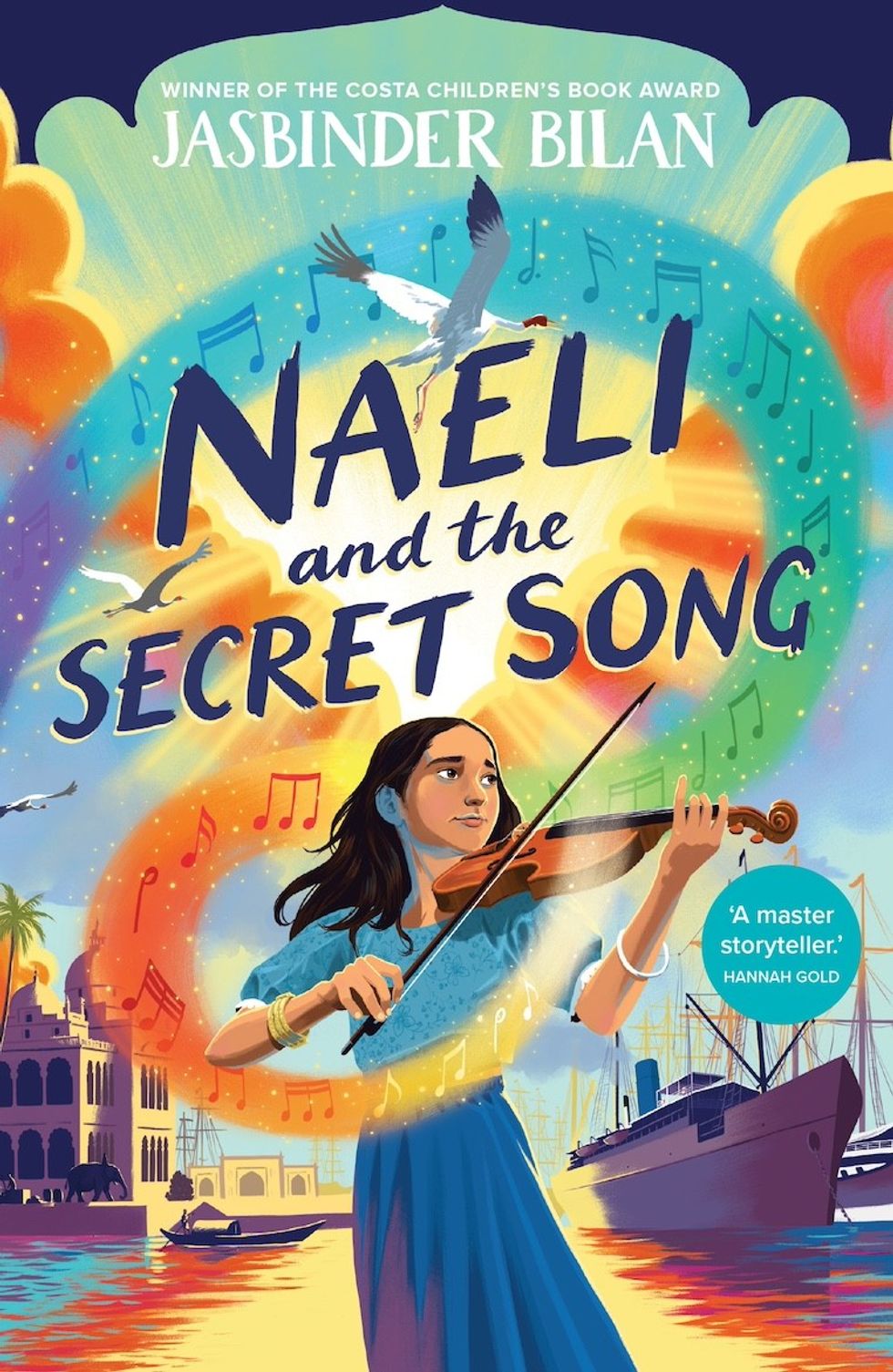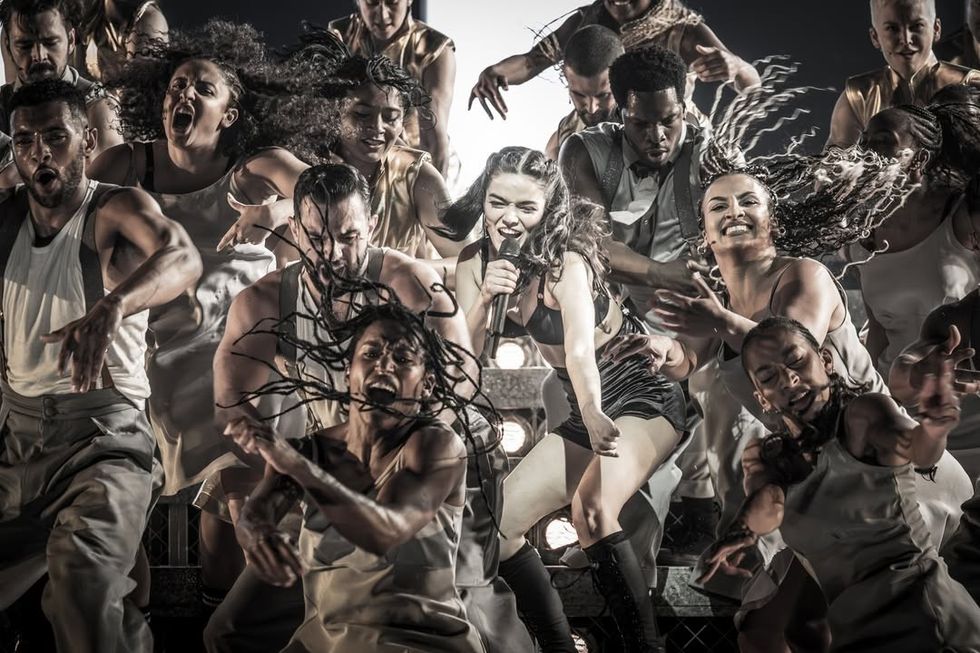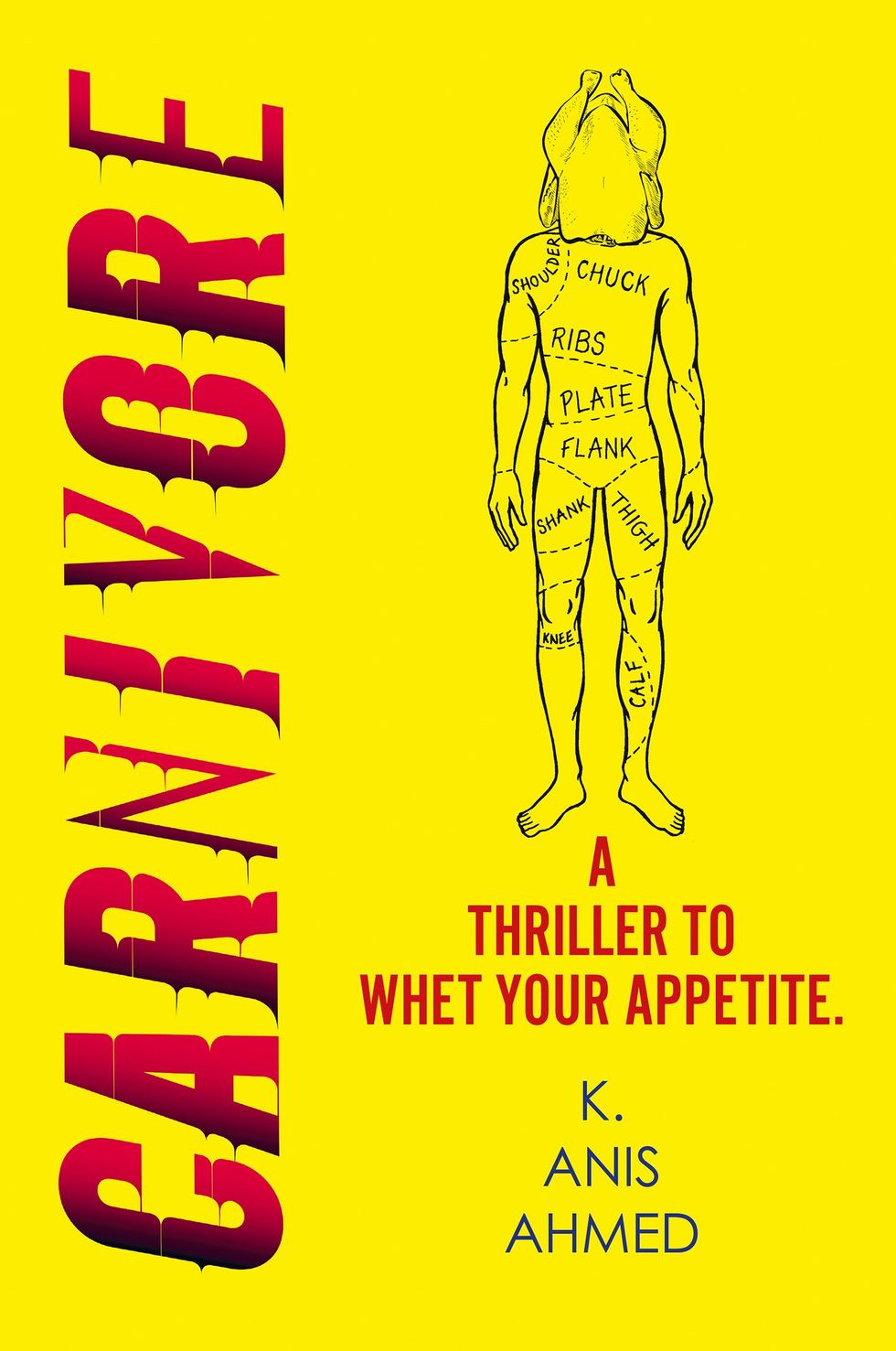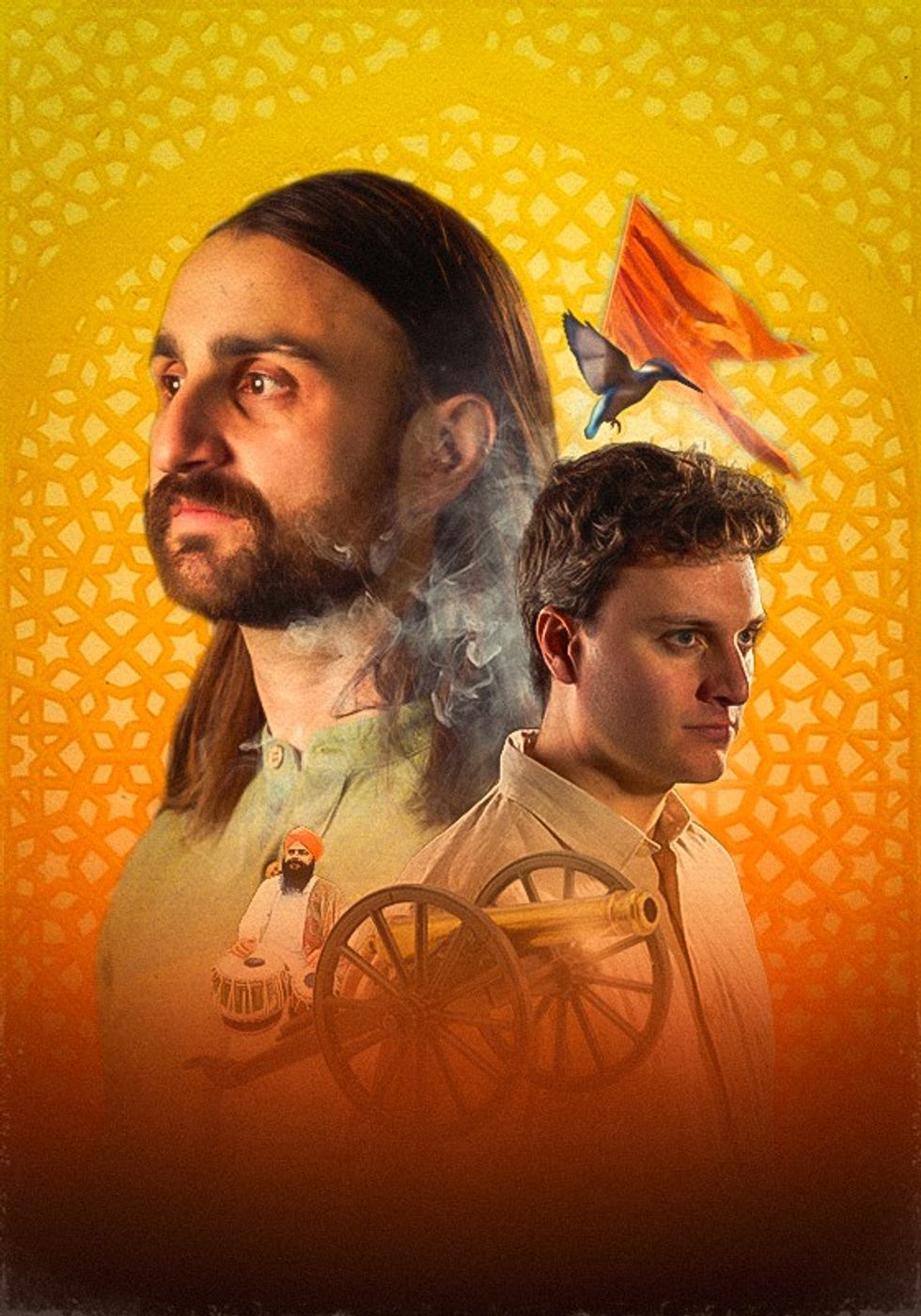BIRTHDAY SPECIAL CELEBRATING THE MOVIE ICON’S TOP 12 PERFORMANCES
Legendary Bollywood actress Hema Malini turns a year older this week and celebrates her 74th birthday.
The movie icon, affectionately known as Dream Girl, will receive warm wishes from all her fans.
Eastern Eye decided to join the celebrations by going through her fabulous body of film work to select her top 12 performances, listed in chronological order.
Andaz (1971): This was the first movie to demonstrate that Malini could back up her glamorous dream girl image with an impressive acting ability. Despite just being 22 years old, she took on a challenging role in the story of two widowed parents finding love. The young actress held her own against established hero Shammi Kapoor, in his last great lead role, and reigning superstar Rajesh Khanna in the blockbuster hit.
Seeta Aur Geeta (1972): The young actress was elevated into the A-list category by playing the title role of twins with contrasting personalities. The year’s biggest Bollywood hit would earn her a Filmfare Award for Best Actress. It was particularly special because the tougher twin introduced the kind of raw girl power that had been missing in Hindi cinema. She outshone her established leading men (Sanjeev Kumar and Dharmendra), which would become a common occurrence throughout her career.
Khushboo (1975): By the mid-1970s, Malini was the undisputed queen of Bollywood. She regularly lit up commercial blockbusters opposite A-list leading men but surprised everyone by agreeing to star in this artistic gem from writer-director Gulzar, who gave her a performance-driven role. The actress, who was known for fiery characters, delivers a beautifully restrained performance as a village girl, who is reconnected with a man she was made to marry as a child bride.
Sholay (1975): Although she had a prolific career, this will always be her career-defining role. Her portrayal of fast-talking carriage driver Basanti has gone down in history as one of the most memorable female characters. She is electrifying in every scene and was the most important female presence in the record-breaking curry western. It remains associated with her almost 50 years later.
Kinara (1977): The in-demand actress once again stepped away from commercial blockbusters like Pratigya (1975), Dharmatama (1975) and Dus Numbri (1976), by teaming up with Gulzar again for this relatively low budget romantic drama. She sank her teeth into the strongly written role of a woman who loses everything, including her sight, and her journey back towards some semblance of inner peace. She was able to show off her impressive classical dancing skills and would earn a Filmfare Best Actress nomination.
Meera (1979): Like Kinara, this critically acclaimed film was another special collaboration between the actress and writer-director Gulzar. She takes on the title role in this historical based on the life of a saint. The versatile performer portrays a woman, who has such absolute devotion to a higher spiritual power that she is willing to die for her beliefs. It was another film that was a massive departure from commercial Hindi cinema and driven by her strong central performance.
Jyoti (1981): Another power-packed role from the actress saw her portray a feisty village girl, who has an arranged marriage to a man who has been mentally, emotionally, and physically beaten down by his family. She has a transformative effect on him and takes on the dark forces in the family. Her electric turn became another strong symbol of girl power in her glittering career.
Satte Pe Satta (1982): Only Malini could have played the role of a nurse who ends up living with seven rowdy brothers, after marrying one of them, and being a positive influence on their lives. She shows magnificent comic timing in the Bollywood remake of Seven Brides For Seven Brothers, but backs it up with real power and holds her own against male cast members. The cult classic was another example of a male-dominated movie where she shone.
Razia Sultan (1983): The movie from legendary writer-director Kamal Amrohi features a phenomenal lead performance from the actress in the title role. The beautifully shot historical based on real events was another boundary-breaking role and saw her portray a woman ruler, who develops a relationship with a dark-skinned Abyssinian slave. Malini wonderfully mixes up a regal presence with a deeply romantic side in the superbly written story.
Aandhi-Toofan (1985): The actress had bigger commercial hits in the 1980s like Do Aur Do Panch (1980), Naseeb (1981), Kranti (1981) and Farz Aur Kanoon (1983), but there were more powerful performances in often forgotten gems like this. She delivers an incendiary portrayal of a woman who hires two mercenaries to capture a dreaded villain, who had brutally destroyed her life. The movie had echoes of her all-time classic Sholay and gave her a powerful role.
Ek Chadar Maili Si (1986): The Bollywood adaptation of the classic novel of the same name has become iconic largely thanks to the brilliant lead performances. She portrays a feisty village woman who must endure an abusive marriage and patriarchy. Despite facing more of the same after her husband dies, she has a never-say-die spirit and tries to maintain some semblance of dignity. The multi-layered role enabled her to show deep emotions.
Baghban (2003): The actress reunited with Amitabh Bachchan in this family drama about an elderly couple who struggle to receive support from their children. The film really connected with the older generation and was another one where she showed real presence on screen. She had lost none of the chemistry with co-star Bachchan and their scenes together are a delight.
‘She created a benchmark by doing progressive roles’

Few people know Hema Malini better than Ram Kamal Mukherjee. He is not only friends with the legendary actress, but also wrote a beautiful book on her life titled Beyond The Dream Girl.
The acclaimed writer and filmmaker told Eastern Eye why he thinks the cinema icon is such a special talent.
In the beginning, many industry critics thought that Malini was just a pretty face and a great dancer, but she proved them all wrong by taking on diverse acting challenges. These special roles started very early on in films like 1971 classic Lal Patthar, where she competed with co-stars Rakhee and Raaj Kumar with elan.
While some felt she was a glamour quotient for heroes, Malini proved them wrong with author backed roles in films across her career like Khushboo, Kinara and Ek Chaadar Maili Si. Her performance in Aruna Raje’s Rihayee dealt with women’s freedom of choice in a relationship.
Even in films like Tere Mere Sapne, Sunhera Sansar and Dharmatma, which were headlined by major stars, and she wasn’t the lead, the amazing actress left her mark.
Malini demanded equal and at times double roles with established mega stars like Rajesh Khanna, Dharmendra, Manoj Kumar, and Dev Anand. With undivided attention and a massive fan following, I truly feel she was the first female superstar who played the maximum title roles.
Yes, she was often nominated at the Filmfare Awards, but won only once for her stellar role in Seeta Aur Geeta.
From playing an unwed mother in Andaz to a headstrong grandmother in Baghban, Malini always portrayed women as symbols of strength on-screen. That was her biggest award.
The great acting talent never really indulged in films where she is dancing around trees. Even lesser-known films Paraya Dhan and Anjaam saw her work on progressive characters.
In fact, Malini was probably the first heroine to have a full-blown action sequence with Amitabh Bachchan (in Naseeb), at a time when no heroine got a chance to do that with him during his early superstardom.
And I guess, Malini is the only heroine who had a prefix which no heroine had before her. She will remain India’s only Dream Girl, who created a benchmark with blockbusters and progressive movies.
I also feel that her contemporaries like Rekha, Jaya Bhadhuri, Rakhee, Parveen Babi, Shabana Azmi, Smita Patil and Zeenat Aman admired Malini for her courage, honesty, and hard work. She has also been greatly admired for her dedication to Indian classical dance and traditional upbringing. She never took part in any rat race, and that’s probably the reason why audiences kept her as the longest reigning number one heroine in the history of Hindi cinema.












 Naeli and the secret song
Naeli and the secret song








 Jamie Lloyd’s Evita with Rachel Zegler set for Broadway after London triumphInstagram/
Jamie Lloyd’s Evita with Rachel Zegler set for Broadway after London triumphInstagram/
 A compelling premise, layered and unpredictable charactersAMG
A compelling premise, layered and unpredictable charactersAMG Anyone who enjoys a gripping story with a diverse cast and unexpected twistsHarperFiction
Anyone who enjoys a gripping story with a diverse cast and unexpected twistsHarperFiction
 The Story Teller by Ley Roberts
The Story Teller by Ley Roberts Summer Exhibition coordinator Farshid Moussavi, with Royal Academy director of exhibitions Andrea Tarsia in the background
Summer Exhibition coordinator Farshid Moussavi, with Royal Academy director of exhibitions Andrea Tarsia in the background An installation by Ryan Gander
An installation by Ryan Gander A sectional model of DY Patil University Centre of Excellence, Mumbai, by Spencer de Grey
A sectional model of DY Patil University Centre of Excellence, Mumbai, by Spencer de Grey Rituals and Identity and Theatre of Resistance by Arinjoy Sen
Rituals and Identity and Theatre of Resistance by Arinjoy Sen
 An explosive new play that fuses biting satire, history and heartfelt storytellingPleasance
An explosive new play that fuses biting satire, history and heartfelt storytellingPleasance